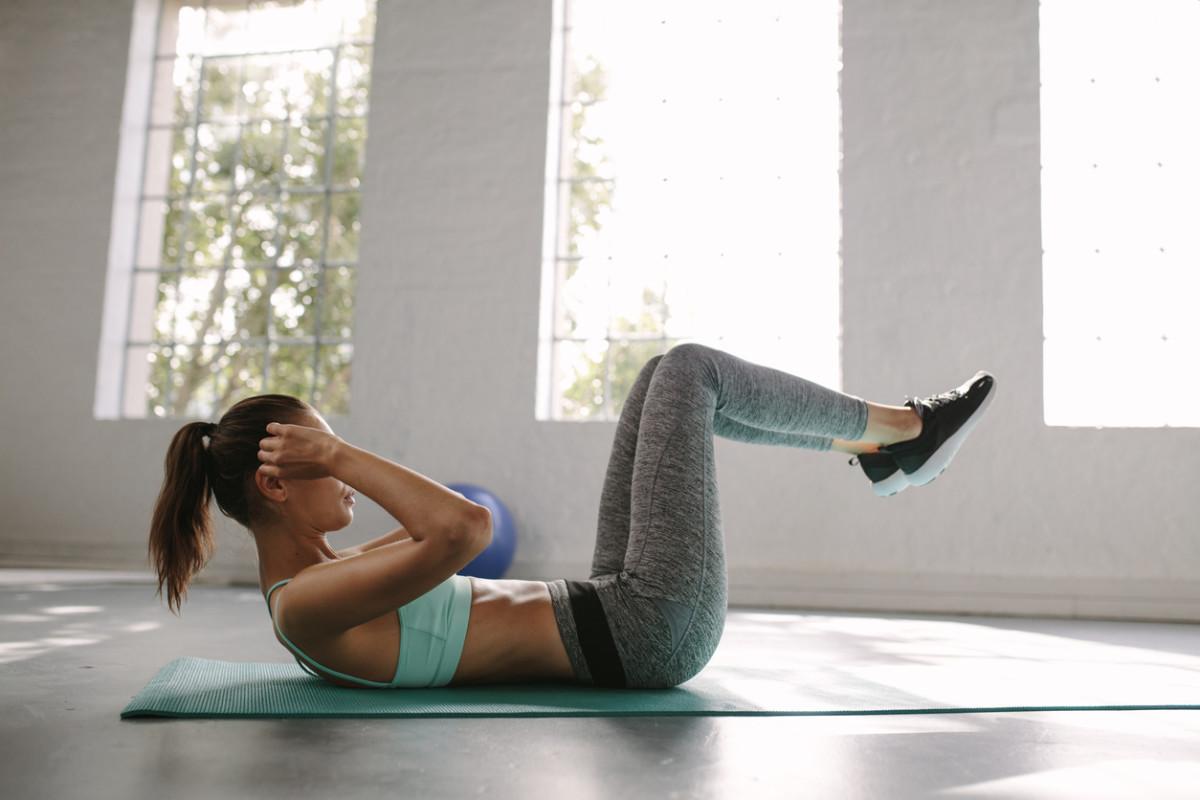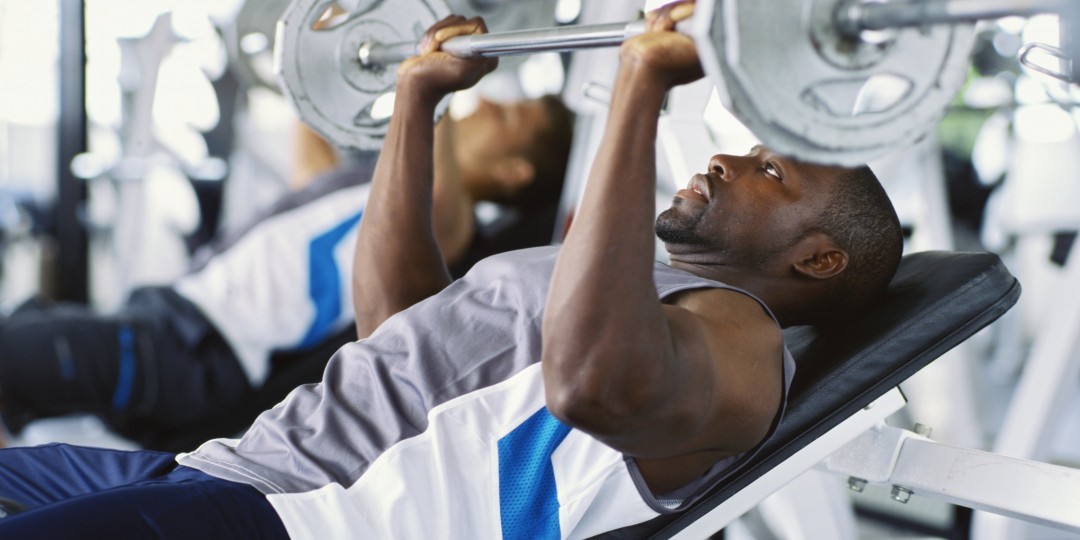When it comes to sculpting those coveted six-pack abs, two exercises stand out: crunches vs sit-ups and sit-ups. Both of these exercises are immensely popular among fitness enthusiasts, but the question remains: which one is more effective for achieving those toned abdominal muscles? In this article, we will delve into the world of crunches and sit-ups, highlighting their respective benefits, potential risks, and how to make an informed choice based on your fitness goals.
Understanding Crunches vs Sit-Ups

Before we dive into the debate of crunches vs sit-ups, it’s essential to understand the fundamental differences between the two exercises. Crunches are a core-strengthening exercise that involves lying on your back with your knees bent, feet flat on the floor, and performing a controlled upward movement that contracts the abdominal muscles. On the other hand, sit-ups are more dynamic and involve lifting your entire upper body from a lying position, engaging not only the abs but also the hip flexors and chest muscles. Ab Roller Wheel Strengthen your core and target those abs with an ab roller wheel. It’s a versatile and effective tool for building stability and sculpting those abdominal muscles.
Benefits of Crunches vs Sit-Ups

A Focus on the Upper Abs
One of the significant advantages of crunches vs sit-ups is their ability to target the upper abdominal muscles effectively. As you perform a crunch, you concentrate the effort on the rectus abdominis, which is responsible for that desired six-pack appearance. This isolation ensures that the upper abs get the most attention during the exercise, promoting better muscle growth and definition. Resistance Bands Add resistance to your crunches and sit-ups with resistance bands. These bands offer varying levels of difficulty and help you engage your abs more effectively.
Less Strain on the Neck
Compared to sit-ups, crunches place less strain on the neck and lower back. The controlled movement and limited range of motion in crunches vs sit-ups reduce the risk of excessive neck flexion, which is a common concern in sit-ups. By minimizing neck strain, you can perform crunches with a lower risk of discomfort or injury.
Enhanced Core Stability
Core stability is vital for overall body strength and balance. Crunches, being a stable and controlled movement, help improve core stability by engaging the deep core muscles such as the transverse abdominis. A stable core contributes to better posture, reduced back pain, and enhanced athletic performance.
Advantages of Crunches vs Sit-Ups

Targeting Lower Abs
While crunches vs sit-ups primarily focus on the upper abs, sit-ups engage the lower abs to a greater extent. The hip flexors play a significant role in sit-ups, and this engagement leads to a more comprehensive ab workout, especially for the lower portion of the rectus abdominis. Incorporating sit-ups into your routine can be beneficial for achieving a well-rounded ab development. Exercise Ball Incorporate an exercise ball into your routine for enhanced core stability during crunches and sit-ups.
Incorporating More Muscles
Sit-ups are a compound exercise that involves multiple muscle groups, including the abs, hip flexors, chest, and even the lower back. This compound movement not only strengthens the core but also recruits other muscle groups, making it an efficient exercise for overall body strength and coordination. Weighted Medicine Ball Take your ab workout to the next level with a weighted medicine ball. It provides additional resistance and challenges your core muscles in different ways.
Building Overall Core Strength
In addition to targeting the abs, sit-ups work the entire core region. The rectus abdominis, transverse abdominis, internal and external obliques, and the muscles surrounding the spine all come into play during sit-ups. This comprehensive engagement contributes to building overall core strength and stability.
Potential Risks and Precautions

Common Injuries and How to Avoid Them
Like any exercise, both crunches vs sit-ups and sit-ups carry the risk of injury if not performed correctly. One common mistake is pulling on the neck during sit-ups, which can strain the neck and cause discomfort. To avoid this, place your hands lightly behind your ears or cross them over your chest while performing sit-ups.
Proper Form and Technique
Proper form is crucial for maximizing the benefits of crunches vs sit-ups and sit-ups while minimizing the risk of injury. Maintain a neutral spine during both exercises, engage the core muscles, and avoid using momentum to lift your upper body. Gradually increase the intensity and repetitions over time, rather than pushing yourself too hard from the start.
Choosing the Right Exercise for You

Assessing Your Fitness Level
Before deciding between crunches and sit-ups, consider your current fitness level and any existing injuries or limitations. If you are a beginner or have a history of neck or back problems, starting with crunches vs sit-ups might be a safer option. On the other hand, if you have a strong core and are looking for a challenge, incorporating sit-ups into your routine could be beneficial. Adjustable Sit-Up Bench Maximize your sit-up effectiveness with an adjustable sit-up bench. It allows you to target various angles, making your workout more versatile and efficient.
Setting Specific Goals
Define your fitness goals to determine which exercise aligns better with your objectives. If your primary focus is on developing visible upper abs, prioritize crunches vs sit-ups in your routine. For overall core strength and a more comprehensive workout, including sit-ups could be a suitable choice.
Incorporating Both Exercises
Ultimately, the best approach may be to incorporate both crunches vs sit-ups and sit-ups into your workout routine. By combining these exercises, you can target various areas of your abdominal muscles and maintain a balanced and diversified fitness regimen.
Conclusion
In the debate of crunches vs sit-ups, there is no definitive winner. Both exercises offer unique advantages and can contribute to achieving strong and defined abs. To make an informed decision, consider your fitness level, goals, and any potential risks. Remember to prioritize proper form and technique, and don’t forget to listen to your body. So, whether you’re a crunch enthusiast or a sit-up aficionado, the key to success lies in consistency, dedication, and a well-rounded approach to core training.
FAQs
Are Crunches or Sit-Ups More Effective for Abs?
Both crunches and sit-ups are effective for abs, but they target different areas. Crunches focus on the upper abs, while sit-ups engage both upper and lower abs.
Can I Do Crunches vs Sit-Ups on the Same Day?
Yes, you can include both exercises in your workout routine. However, it’s essential to perform them correctly and avoid overtraining your abs.
How Many Crunches vs Sit-Ups Should I Do Daily?
The number of crunches or sit-ups you should do daily depends on your fitness level and goals. Start with a reasonable number and gradually increase as you build strength.
Are There Any Alternatives to Crunches and Sit-Ups?
Yes, there are several alternatives, such as leg raises, Russian twists, and planks, that also target your abdominal muscles effectively.
Can Crunches or Sit-Ups Help Me Get a Six-Pack?
While crunches and sit-ups contribute to building ab muscles, achieving a six-pack also requires a healthy diet, overall body fat reduction, and regular cardiovascular exercise.
Can I Do Crunches or Sit-Ups Every Day?
It’s generally safe to perform crunches and sit-ups daily, but listen to your body and take rest days as needed to prevent overuse injuries.




